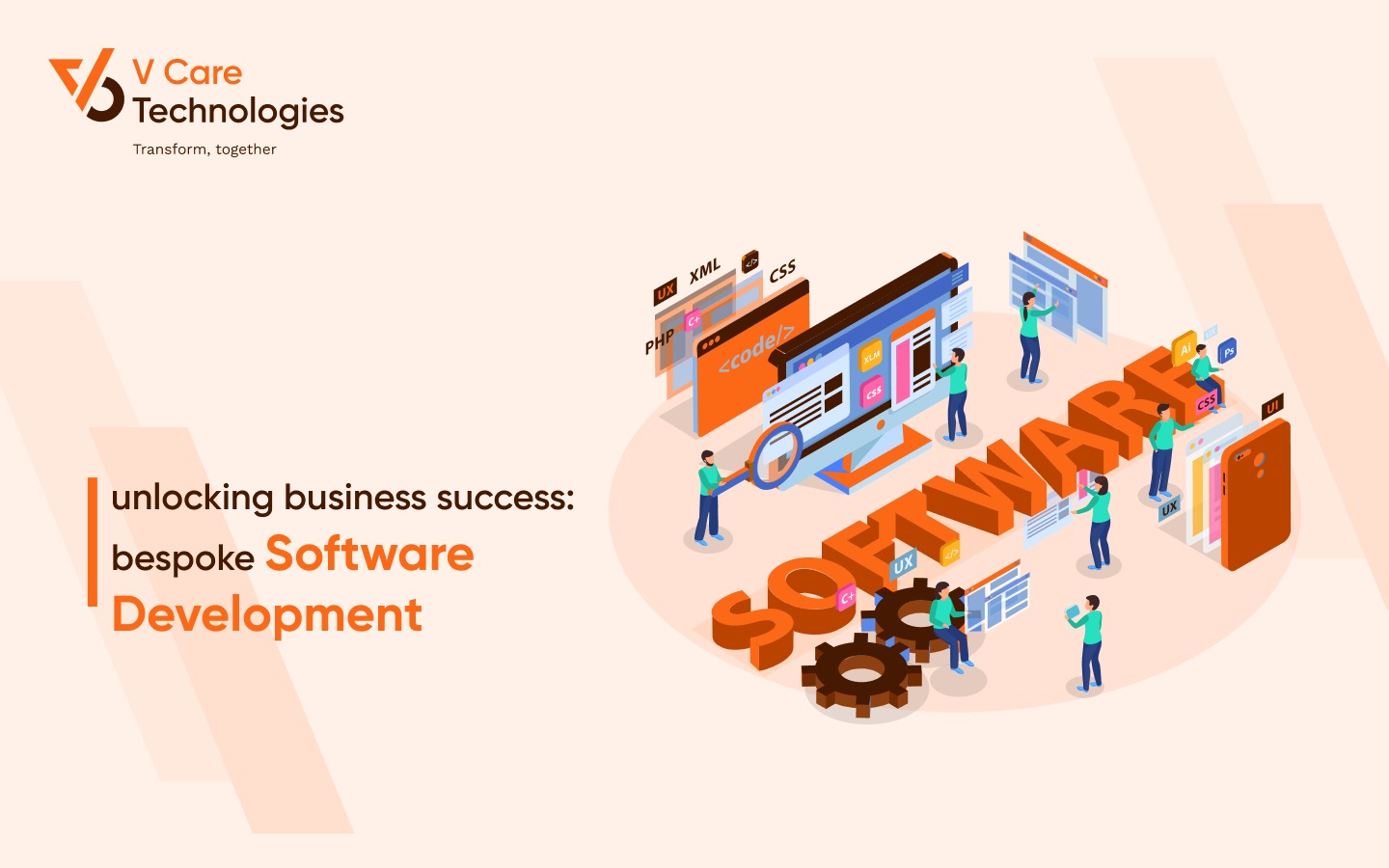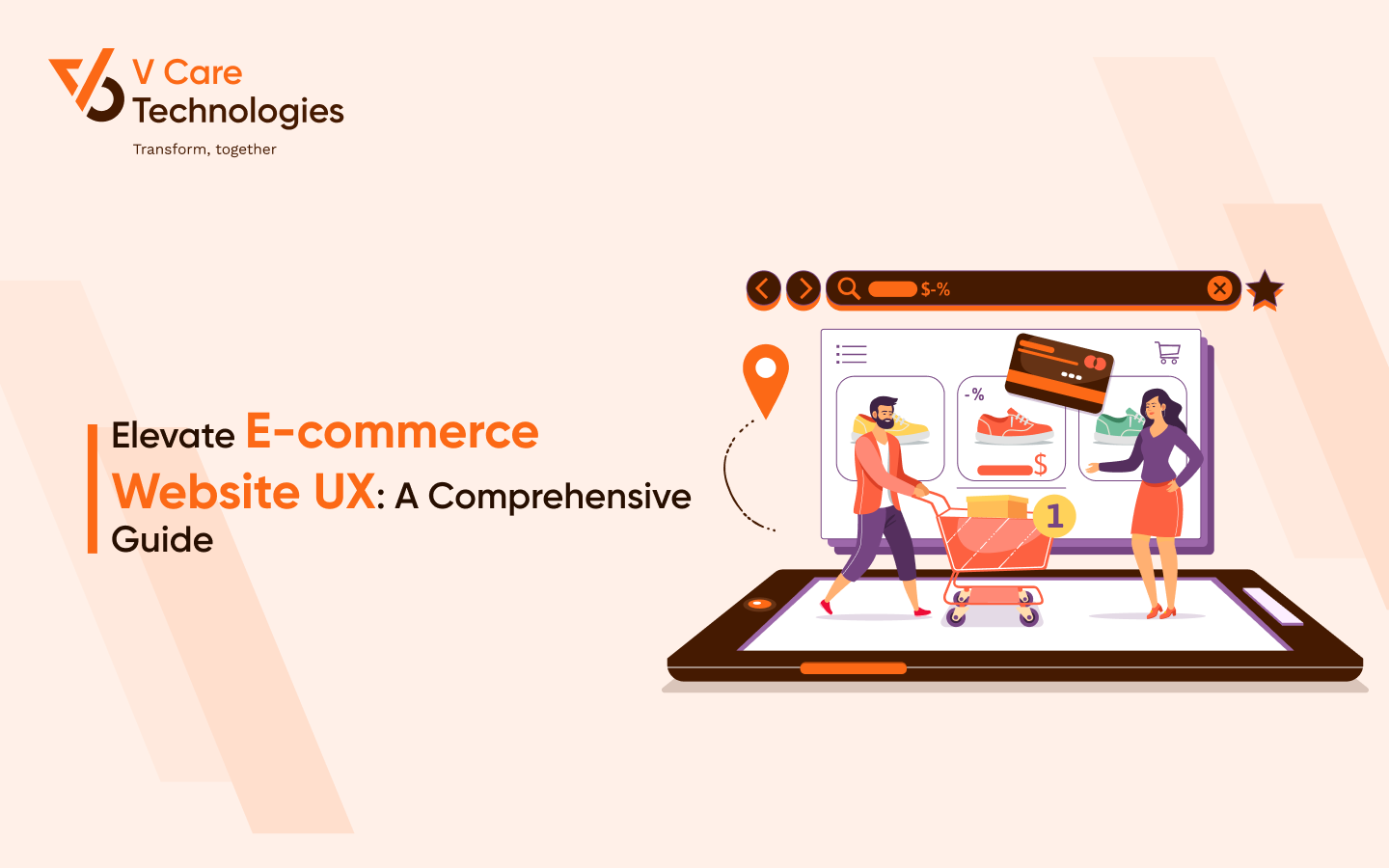Cost of Mobile App Development in India: Factors to Know
Mobile apps have transformed the way businesses operate in India. Whether it's enhancing customer engagement, streamlining operations, or driving revenue growth, having a mobile app is no longer a luxury—it’s a necessity. But before you dive into development, it's crucial to understand the cost of mobile app development in India and the factors that influence it.
In this article, we’ll break down the essential components affecting app development costs, provide cost estimates, and guide you in making the right decisions for your business.
Why Mobile Apps Are a Game-Changer for Indian Businesses
- Unparalleled Reach: India is home to over 750 million smartphone users, providing businesses with access to a vast, mobile-first audience.
- Improved Customer Engagement: Apps allow personalized interactions, push notifications, and seamless transactions.
- High ROI Potential: Businesses leveraging mobile apps often see increased sales, higher customer retention, and better brand loyalty.
- Case Study: Consider Zomato, which leveraged its mobile app to dominate food delivery in India.
Investing in a mobile app is an investment in the future of your business.
Key Factors Affecting Mobile App Development Costs in India
Developing a mobile app involves multiple variables. Here’s a breakdown of the primary factors that influence costs:
1. App Type and Complexity
The complexity of your app determines its development time and cost.
- Basic Apps: Apps with simple features like login, basic UI, and no backend (e.g., calculators).
- Medium-Complexity Apps: Apps with features like user profiles, payment gateways, and APIs (e.g., e-commerce apps).
- Advanced Apps: Apps with AI, AR/VR, or real-time data processing (e.g., gaming or healthcare apps).
Cost Example:
- Basic App: ₹1,00,000–₹10,00,000
- Medium-Complexity App: ₹10,00,000–₹35,00,000
- Advanced App: ₹35,00,000+
2. Platform Choice
Your app’s platform directly affects costs.
- Native Apps: Built specifically for Android or iOS, offering high performance but at a higher cost.
- Hybrid Apps: Compatible with both platforms, reducing development time and cost but may sacrifice some performance.
Cost Difference: Android apps may cost slightly more due to device fragmentation.
3. Design Requirements
A well-designed app ensures user satisfaction and retention. However, complex UI/UX designs increase costs.
- Basic Design: Simple layouts and standard components.
- Advanced Design: Custom animations, dynamic UI, and AR/VR elements.
4. Development Team Expertise
Who you hire matters:
- Freelancers: More affordable but may lack resources for complex projects.
- Development Agencies: Offer a team of experts but at a higher cost.
5. App Maintenance and Upgrades
Development doesn't end after launch. Ongoing updates, bug resolutions, and feature upgrades are crucial.
Annual Maintenance Cost: 5–20% of the initial development cost.
6. Geographic Location of Developers
Developer rates vary across India:
- Metros: Higher costs due to demand and living expenses (e.g., Mumbai, Bangalore).
- Tier-2 Cities: More affordable yet highly skilled talent (e.g., Surat).
Estimated Cost Breakdown for Mobile App Development in India
Here’s a general cost estimate based on app complexity:
- Basic App: ₹50,000–₹5,00,000
- Medium-Complexity App: ₹5,00,000–₹25,00,000
- Advanced App: ₹25,00,000+
These costs can vary based on the factors mentioned above, your app’s specific requirements, and the development partner you choose.
Hidden Costs to Watch Out For
When budgeting, don’t overlook these additional expenses:
- Testing and Debugging
- Ensures your app works flawlessly across devices.
- Costs: ₹50,000–₹2,00,000.
- App Store Charges
- Apple App Store: $99/year
- Google Play Store: $25 (one-time fee).
- Marketing and ASO (App Store Optimization)
- Ensures your app reaches its target audience.
- Costs: ₹1,00,000+ depending on strategy.
- Third-Party Integrations
- Payment gateways, analytics tools, etc.
- Costs vary based on service provider.
How to Choose the Right Mobile App Development Partner
Selecting the right development partner can save you time, money, and frustration. Here’s how:
- Check Their Portfolio
- Look for apps similar to your project in their past work.
- Read Reviews and Testimonials
- Understand their reliability and client satisfaction.
- Evaluate Their Expertise
- Ensure they have experience with the latest technologies.
- Discuss Maintenance Services
- A good partner offers post-launch support.
- Get Transparent Pricing
- Avoid hidden costs by requesting detailed quotes.
Pro Tip: Consider trusted agencies like V Care Technologies, known for delivering quality mobile app solutions tailored to business needs.
FAQs (Frequently Asked Questions)
1. What is the average cost of mobile app development in India?
The cost typically ranges from ₹50,000 to ₹25,00,000 depending on the app's complexity and features.
2. How long does it take to develop a mobile app in India?
Development can take anywhere from 2 months (basic apps) to over 6 months (complex apps).
3. Which is cheaper: Android or iOS app development?
While both are comparable, Android apps may cost slightly more due to testing across multiple devices.
4. Can I reduce development costs?
Yes, by opting for a hybrid app, starting with an MVP, or working with agencies in tier-2 cities.
Conclusion
The cost of mobile app development in India is influenced by several factors, from app complexity to platform choice and ongoing maintenance. By understanding these factors, you can budget effectively and ensure your investment pays off.
Looking for a reliable partner? Contact V Care Technologies today to get a personalized quote for your mobile app development needs.
Author: Murtuza Tarwala
2023-07-17




 About us
About us Services
Services Projects
Projects Our Blogs
Our Blogs





